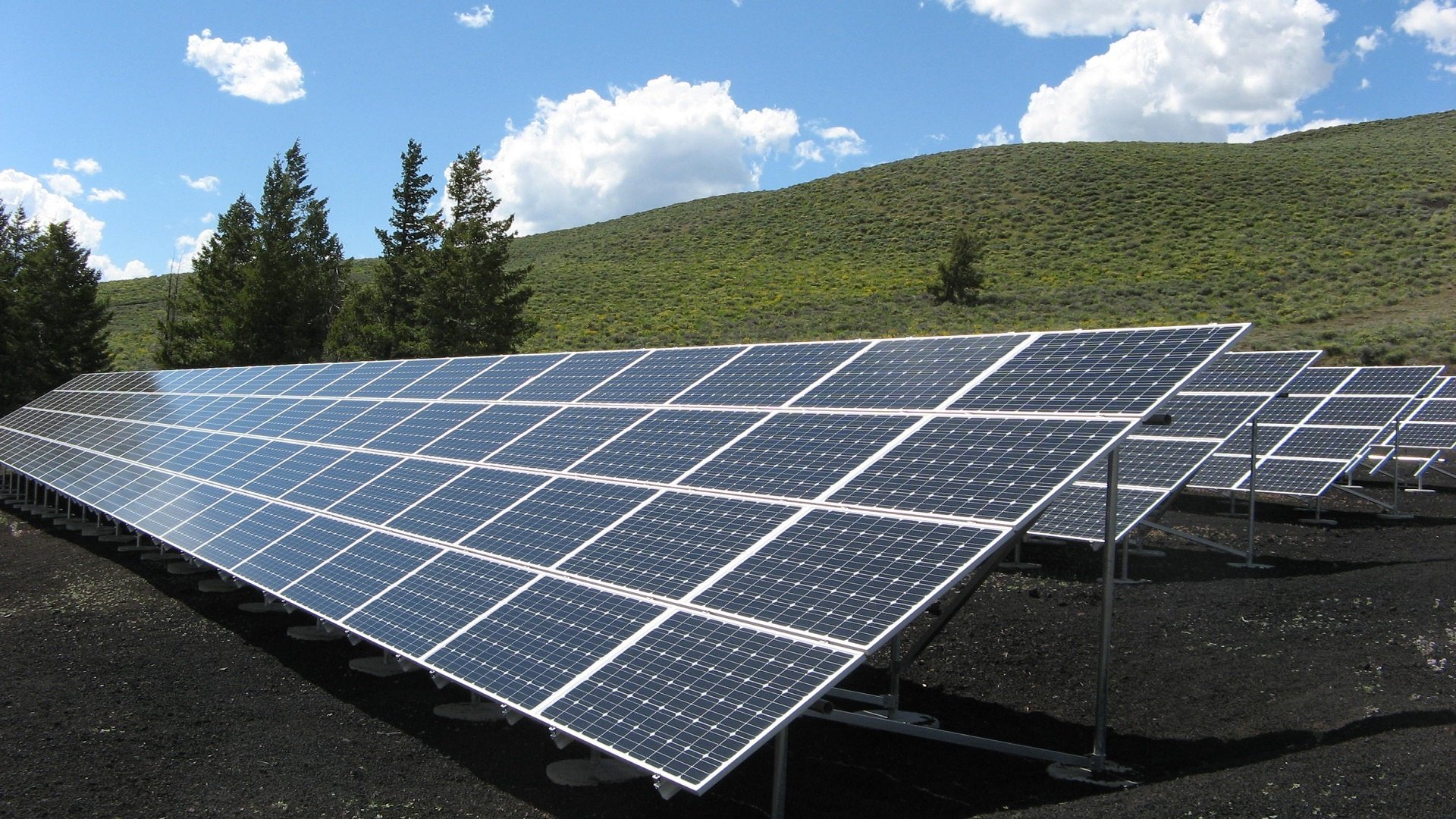BP released the 2018 edition of its annual Energy Outlook yesterday, prompting all the usual gags from the renewables lobby.
The oil and gas major’s annual crystal ball moment – which it is at great pains to stress does not constitute a forecast, but rather a series of “what if experiments” – is the source of much contention within the clean energy space given how it has repeatedly downplayed the rapid growth of renewables.
For readers not familiar with the Energy Outlook until now, think Mystic Meg but with none of the subject matter and all of the success rate.
Between BP’s Outlook in 2015 and the one published yesterday, the expectation for renewable generation has increased by some 3,000TWh. This, BP says, is largely attributable to surging wind and solar.

BP’s expectations of solar have increased in particular, up some 150% reflecting cost reductions continuing to beat forecasts. Indeed, BP now thinks solar will hit grid parity by the mid-2020s, some ten years earlier than previously expected.
There is, however, one glaringly pessimistic view within BP’s renewables outlook. It’s cost curve for solar in North America, displayed below, shows a wide flattening of the continued fall in levelised costs of deploying the technology between 2025 and 2040, pretty much as soon as the technology hits US$0.05/W.
BP does qualify this by arguing that some projects enjoying better than average generating conditions and continued policy support will deploy at prices lower than those implied by the curve. But speak to any dedicated solar developer active in the US today and they’ll tell you that solar is already beating BP’s cost curve, and not just in its southern states.
Read more: Clean Energy News